8. Lost in Translation (2003, Sofia Coppola)
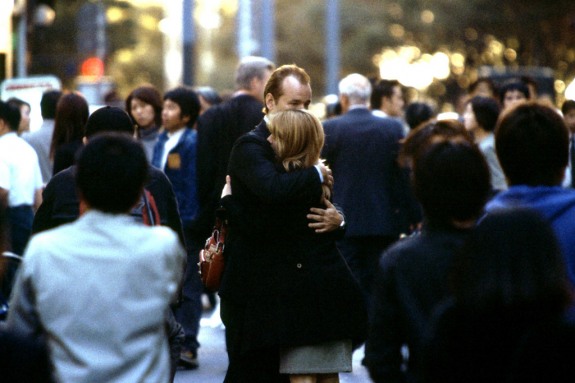
One of the most melancholic love tales of the 21st century, Sofia Coppola’s ”Lost in Translation” tells the romantic story between young college graduate Charlotte and aging American movie star Bob. Both are lost in translation and both are lonely hearts, who meet each other in the right place at the right time. There’s something going on between them, but it’s always ambiguous; is it platonic love? Or is it just friendship?
Until the very end of the film, the director still didn’t give us the answer. We see Bob and Charlotte kiss each other goodbye among the crowds in the streets of Tokyo, then Bob whispers something into Charlotte’s ear. It might be something crucial to understanding the true nature of their relationship, but Coppola still keeps us guessing.
7. Late Spring (1949, Yasujiro Ozu)
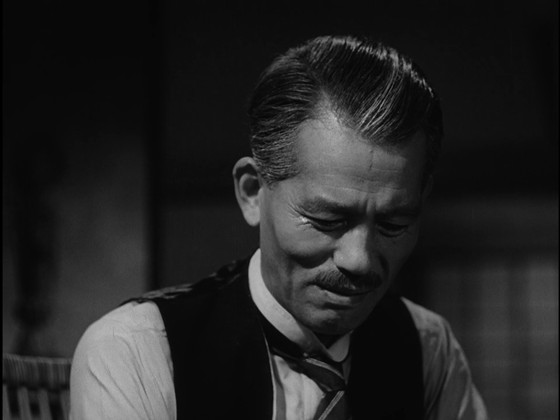
Aging and marrying daughters are some of the recurring themes of Japanese master filmmaker Yasujiro Ozu’s cinema, and his masterpiece “Late Spring” is the best representation of both themes.
In this film, the daughter (played by legendary actress Setsuko Hara in the most traditional Ozu fashion) lives happily with her widowed father (played by legendary actor Chishu Ryu).
Neither of them are willing to find a spouse for the sake of the other, but one has to make a sacrifice. The father chose to do so, and after marrying his beloved daughter, we see him sitting in the room, all alone, peeling an apple and then falling asleep.
The sight of the loneliness of an old man is moving enough, but what’s more moving is the sacrifice he made and the inevitability of doing so.
6. The Lives of Others (2006, Florian Henckel von Donnersmarck)
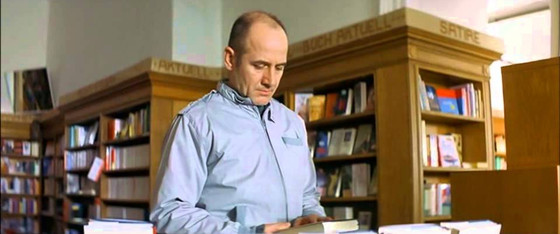
There are many movies about spies during the Cold War, but “The Lives of Others” might be one of the most moving ones. The movie tells the story of German man Stasi Wiesler, who helped playwright Dreyman escape the arrest from the other side of the wall by concealing their forbidden activities.
Dreyman only learned this four years after the incident, and found out it was Wiesler who saved his life. At the end of the film, in the post-Cold War era, Wiesler found a book about his good deeds written by Dreyman. He bought the book, and when asked if he wanted the book to be wrapped, he said:” No. It’s for me.”
5. Brokeback Mountain (2005, Ang Lee)
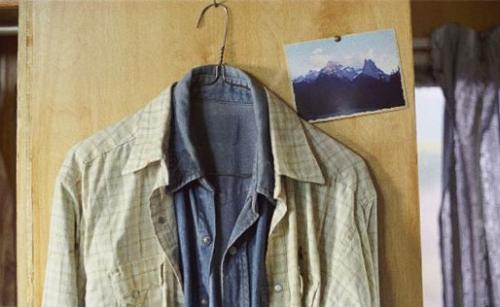
The New Queer Cinema movement started early in the 1990s, but it wasn’t until the Oscar buzz of Brokeback Mountain that the movement became really well known among mainstream audiences.
The film won Ang Lee the Oscar for Best Director, and almost made it to the Best Picture award (everyone knew it was between it and “Crash”), and because of the praises it received during the awards season, more people have had the chance to watch this emotionally moving picture of forbidden love between two gay cowboys.
The film did well at keeping all the emotions underneath from both actors, so we get the idea of a romantic affair in the context of social confinement. The final scene is a burst of emotions when Ennis sees his and Jack’s clothes hanging together in Jack’s closet, with a postcard of Brokeback Mountain tacked above. He has tears in his eyes, and so do we.
4. City Lights (1931, Charlie Chaplin)
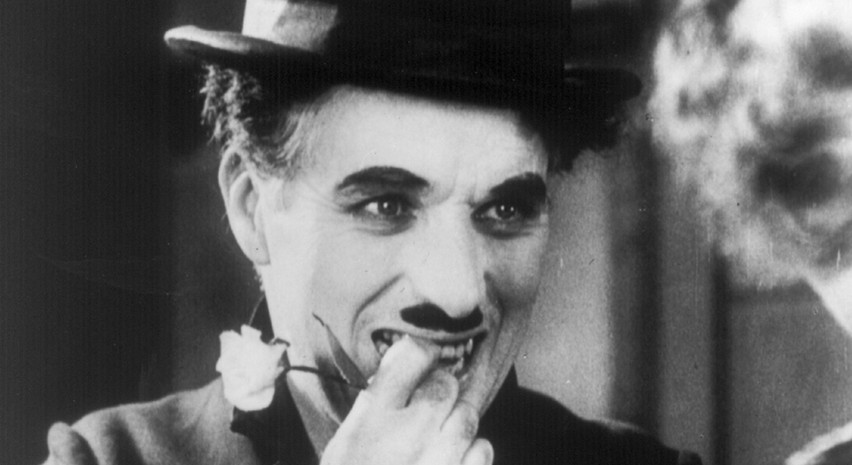
“City Lights” is probably the greatest achievement in legendary comedy director Charlie Chaplin’s career, and it’s also one of the best examples of comedy-drama out there. It’s a simple story and the plot can be summarized in one sentence. A tramp tried everything he could to help a blind girl get medical treatment.
The film has many hilarious scenes that are really memorable, but it is the ending that made Chaplin stand out among other comedy directors. The girl finally recognizes the tramp through a touch of her hand; the tramp is surprised and asks if the girl can see now, to which the girl tearfully replies, “Yes, I can see now.”
By making you laugh throughout the film then giving you a extremely moving moment, Chaplin perfectly blended the drama into the comedy genre.
3. Ikiru (1952, Akira Kurosawa)
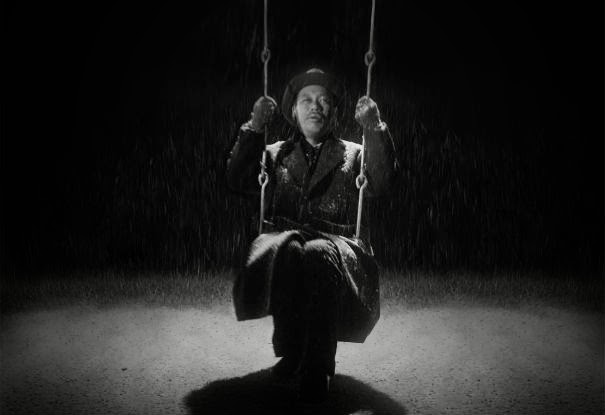
Among the many masterpieces made by legendary Japanese filmmaker Akira Kurosawa, “Ikiru” is one of his best non-samurai films and probably the most moving one.
It tells a story of a middle-aged bureaucrat who’s struggling with stomach cancer. Inspired by a young female subordinate who’s happy and passionate about life, he too decides to live a happy life and dedicate the rest of his time to do something meaningful.
The ending is one of the most iconic scenes in Kurosawa’s filmography. During his last few moments of his life, Watanabe sits on the swing at the park he built and sings in the snow. It’s a beautiful moving image that shows the resilience of human life.
2. La Strada (1954, Federico Fellini)
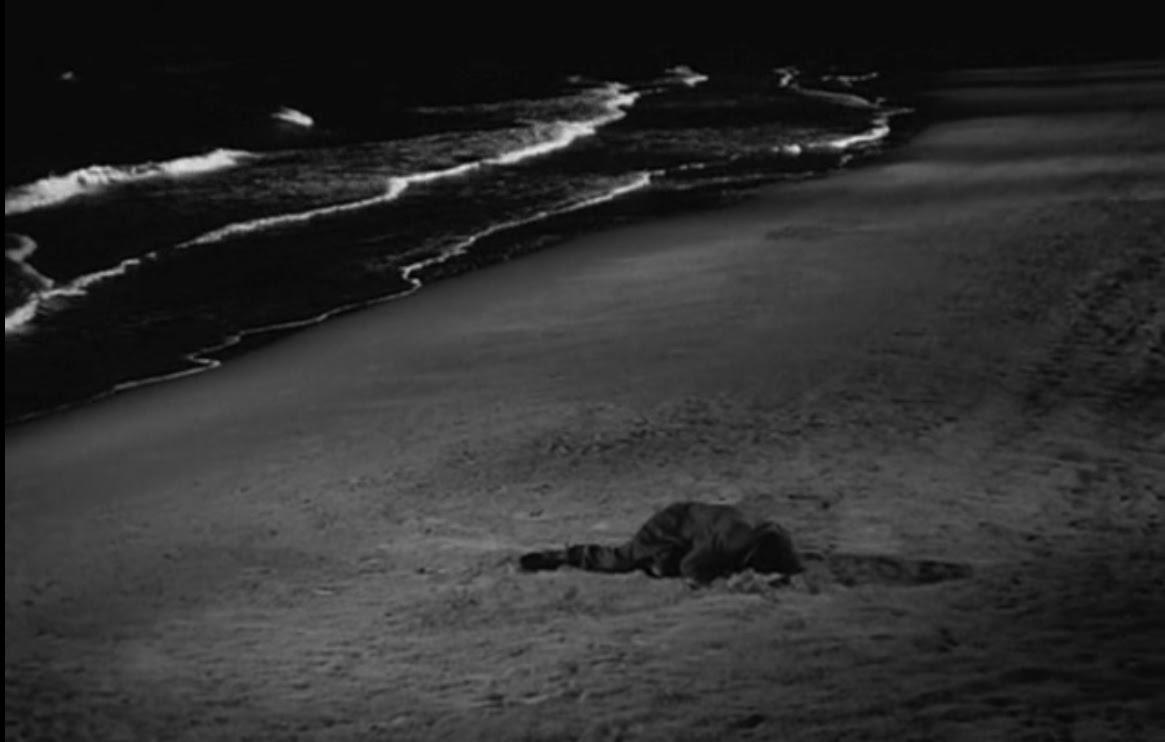
Fellini’s films are full of emotional endings. Who could forget the surreal reunion scene at the end of “8½”? Or the smiling face of Cabiria in “Nights of Cabiria”?
However, neither of them could beat the final scene of “La Strada”, where the beast-like Zampano cried hard at the beach after losing his wife, Gelsomina. They are tears of regret; Zampano’s moral awakening doesn’t make us hate him for what he did to Gelsomina. On the contrary, we pity such a self-destructive character. It’s one heck of a powerfully moving scene.
1. Cinema Paradiso (1988, Giuseppe Tornatore)
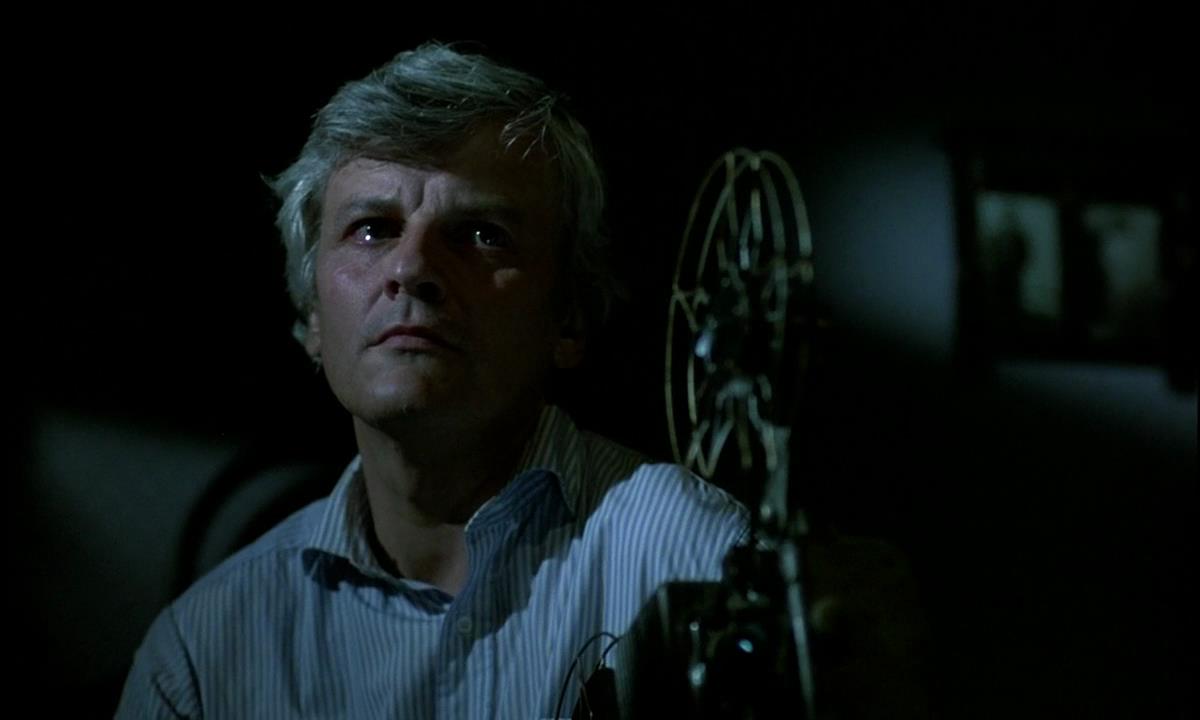
Our lovely protagonist Toto loves cinema; he built an unbreakable friendship with Alfred as he assisted him with the projecting job at Cinema Paradiso. When he grew up, Alfred told him to leave the small town and find a bigger world, saying “life is not movies, it’s much harder.”
After becoming a famed movie director, Toto returned to his hometown, but his old friend is forever gone, leaving him with only a box of film. Toto watched it alone in a movie theater, and it was revealed to be a montage of kissing scenes in classic black-and-white films.
The camera cuts between Toto’s face and the movie screen, we see the tears in his eyes, and we hear the wonderful theme music from Ennio Morricone. This is a magic moment that will move any movie buff into tears.